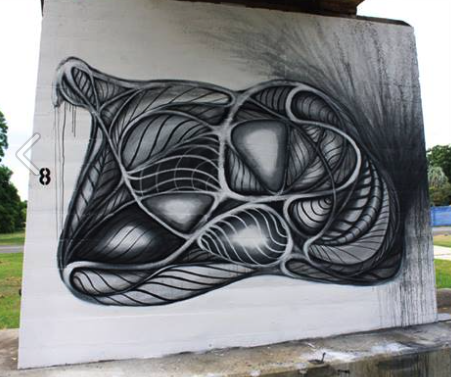APPROACH
First we must ask: what do WE bring to the creative learning experience?
This is not just about knowledge and expertise though of course those things are important. More than this, one of the biggest factors in student achievement is absolutely the expectations of the teacher or facilitator. Nothing annoys me more than the consistent underestimation of young people, especially young people with disabilities. Or, still, the expectation that young women can’t work with technology – we are still having to explain that so much of the development of technology was undertaken by women, and that young women can and do engage with and excel at developing and working with technology. I would add of course, that tech is just a tool, and that the ideas and visual language of what we make with the technology is paramount: this is what gives young people a voice through creative learning. Put simply, when we expect students to be high achievers they will live up to our expectations, and when we expect the opposite they will live down to them; and this needs to inform out approach.
CONTENT
Second, we can ask: how do we RESPOND to individuals/groups/communities?
We must always find out who our students or workshop participants are, and what they are interested in personally: we need to know what ideas they want to work with and what they want to communicate, and integrate that into the learning experience. Genuine interest in individuals and their concerns will always produce interesting creative work. Which is not to say we don't have a plan, and particular content – like thematic ideas about identity, or globalization, or sustainability, but that alongside the formal content there needs to be flexibility, adaptability and interpersonal conversations. In this way we forge connections between content and young people’s concerns.
OUTCOMES
And third, we ask: what is the aim or outcome of the learning process over time?
While we might aim for improved participation in school, or the development of new aspirations, and a new skill set, all of which are worthwhile, I think in the long term we are aiming to foster in young people a sense of themselves and their place in the world, and to give them the idea that they have choices in their lives, and can make an impact on the world. And that developing their creative vision is the doorway to these long-term goals. What this requires is in part developing long term relationships over time; returning to communities to build a program over months and years. This is where we practice and model connection.
We at dLux have spent many years working with regional & remote communities, young people, professional artists, women and girls from CALD backgrounds and indigenous communities, to support and encourage creative learning & access to digital artforms, and to the ongoing creative skills development of those communities.
In NSW it is clear that there are many things we must engage with – sustainability, desertification, cultural diversity & autonomy in particular - and we believe digital artforms can provide an empowering vehicle for this engagement.
We need to plant the idea that the future holds possibilities, and that young people can actively engage in shaping those possibilities; for themselves, for their families and communities.
Having taught in the UK, and personally worked with a broad range of young people – many of whom had had difficult education experiences before ending up in an arts studio – I want to emphasise this potential of creative education to change lives. Whether you have 3 hours, or 12 hours a week for a year, it is a great way to reach those who have not been served by mainstream or conventional education, and engage them with the idea of their future, a future with possibilities.
While we strive to put these processes in place here in Australia, and given the impact of US & UK education fashions on our policies, it is worth noting that the current Labour leadership challenge in the UK has made several bold statements about arts policy and their political platform, including proposing the reversal of University fees, the restoration of arts sector funding, and the introduction of a pupil premium for creative education from primary school onwards.
From what I have said I think it is clear that I believe that creative education changes young lives. We here already know why the arts and creative education are important – how they make children powerful and empowered - and based on the fantastic discourse coming out of the rallying against arts and education cuts, I am hopeful that this galvanizing of our creative communities will yield rich processes and practices that we can weave into our education programs, for the benefit of the young people in our care, and our culture in the future.
Presented by Liz Bradshaw at Artlands in Dubbo, October 2016
























